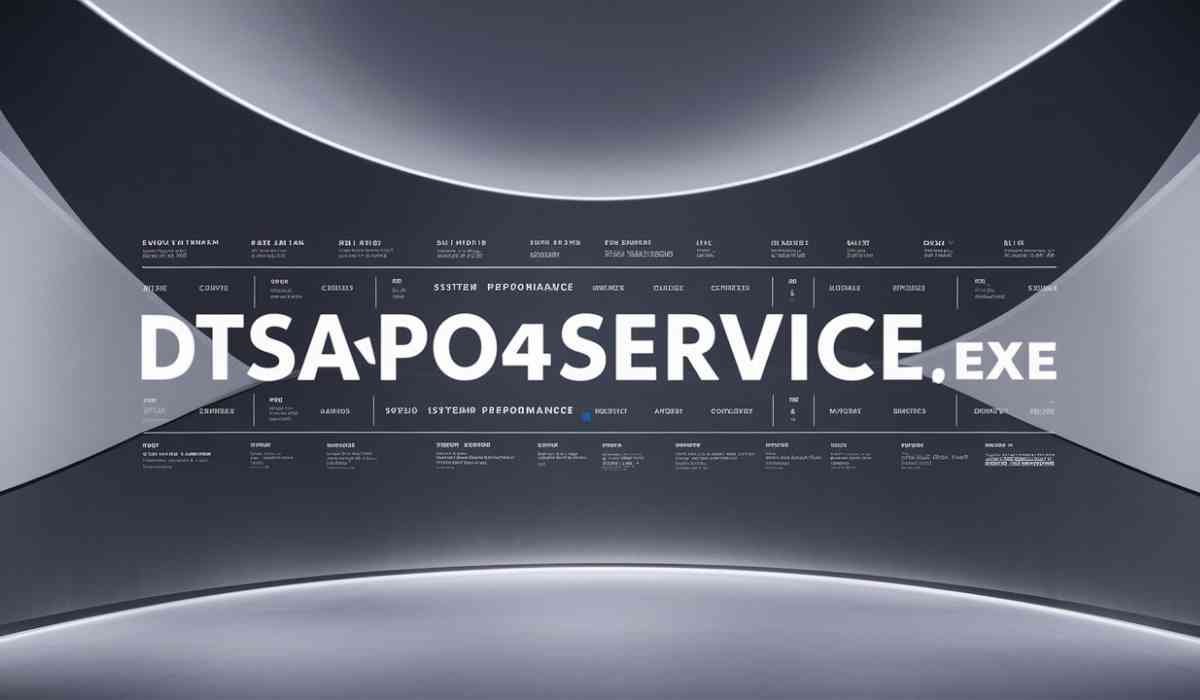There’s something quietly powerful about a product sitting on a store shelf—or in an online cart—ready to make its way into someone’s home. Sleek packaging, bold claims, promises of performance.
But behind that polish lies a less glamorous side of commerce: what happens when the product harms instead of helps?
Let’s face it—no company sets out hoping to sell something dangerous. Yet, every year, consumers suffer injuries, financial loss, and worse, all due to defective products.
That’s where products liability steps in—a crucial piece of the legal and ethical puzzle businesses can’t afford to ignore.
A Glimpse into Product Liability in Tort Law
Civil wrongdoing has plenty of branches, and one of them focuses on products that cause harm due to defects. Traditional tort law allows an injured individual to seek remedies from the party responsible for creating or distributing a harmful product.
Every entity involved in a product’s supply chain—manufacturer, distributor, retailer—bears a duty to deliver goods that function as intended and don’t present unreasonable risks.
Odd as it may seem, not every “product” is a box on a store shelf. Gas, living creatures bred for sale, or even intellectual materials (like charts) can spark legal disputes if they cause injury. That concept highlights the broad reach of product liability law in modern society.
Key Legal Principles
Courts usually examine four essential elements before assigning liability:
- A commercial seller offered an item for sale.
- A flaw existed when the product left the seller’s control.
- That flaw directly caused an injury.
- The individual harmed was using the item in a predictable manner.
When those points line up, someone in the supply chain may end up writing a big check or facing other consequences imposed by courts. Legal battles rely on proving a defect and a tangible link to injury, often requiring expert witnesses or scientific evaluations.
Design, Manufacturing, and Marketing Pitfalls
Defects can appear in multiple stages of production. Some revolve around the initial blueprint, others emerge during assembly, and a few stem from poor communication with consumers.
Design Flaws
Products sometimes pose an unreasonable risk when the concept itself is inherently dangerous. A ladder prone to tipping due to unsound proportions serves as one well-known example. Everything might have been assembled properly, yet the underlying idea created a hazard.
In many regions, the person bringing the claim must prove the flaw. However, California, Alaska, and Hawaii switch the burden onto the manufacturer, requiring it to defend the design’s safety. That legal twist makes certain courtroom showdowns particularly dramatic.
Manufacturing Errors
A well-designed product might still cause harm if production goes sideways. Missing bolts in a swing set can bring about tragedy, and that scenario won’t always affect every item in the batch.
Isolating the mistake often becomes simpler since a single lot or production run can be identified. Once a plaintiff shows that a production slip-up existed, attention turns to the company’s quality control processes and safety protocols.
Marketing Oversights (Failure to Warn)
Labels and instructions matter just as much as designs and assembly lines. When companies fail to disclose known risks, consumers are left vulnerable—such as in the case of talcum powder, which has been linked to serious health concerns and sparked widespread litigation.
A headache remedy sold without proper warnings about a potentially dangerous interaction with other medications is an example of flawed marketing.
Omissions, inadequate instructions, or misleading promotional claims can all lead to liability. Many businesses take extra care with disclaimers, though lawsuits still appear when consumers argue that risks weren’t highlighted well enough.
Strict Liability and Defense Mechanisms
One famous hallmark of product liability is the concept of strict liability. That doctrine removes the need to prove intent or negligence.
Even a diligent manufacturer can face legal exposure if a defect exists and causes an injury. Fault isn’t the focus—harm linked to a flawed product is the driving factor.
Still, some defenses occasionally soften the blow for businesses:
Risk-Utility Evaluation
Courts weigh the benefits of a product against the likelihood of harm. If an item provides substantial social or practical value that overshadows its potential dangers, companies might dodge liability.
It’s a balancing act, and judges or juries often grapple with expert testimony that measures risk against usefulness.
Consumer Expectation Standard
Would an average user anticipate the risk based on everyday knowledge? If a hazard is deemed clear or acceptable, the seller could walk away without liability.
On the flip side, a hidden or unreasonable danger paves the way for legal repercussions. Ordinary people’s perspectives become crucial in deciding how far a manufacturer’s responsibility stretches.
Ethics and Corporate Responsibility
Morality enters the picture the moment a business decides how safe to make a product. Cost savings can tempt organizations to skip certain quality checks or reduce materials, but that gamble risks not only lawsuits. Tarnished reputation, diminished trust, and public backlash might be even more damaging.
An ethically minded enterprise might engage in practices such as:
- Transparency: Honest descriptions of potential hazards, with accessible and accurate labeling.
- Proactive Risk Analysis: Identifying failure points before launch.
- Open Communication: Providing generous return policies and swift customer support.
- Internal Oversight: Creating compliance programs, running periodic audits, and reinforcing ethical training for staff.
Consumers increasingly champion businesses that display genuine concern for public well-being. A brand willing to confront safety risks directly tends to foster loyalty, whereas one that shrugs off complaints might face a viral media storm.
Ironically, cutting corners sometimes looks appealing in a spreadsheet. Then a lawsuit or regulatory fine hits, and executives wonder how the “savings” vanished so fast.
Sustainability
A single defective item can spark lawsuits, but environmental harm also looms as a lurking risk for future liability. Modern production often relies on supply chains that stretch across continents, using components that can be toxic or difficult to dispose of responsibly.
A company that sources materials from questionable vendors or ignores end-of-life disposal might face significant backlash or even potential claims down the road. Consider packaging that leaches harmful chemicals when left in landfills.
Courts have shown a willingness to expand liability theories as society demands greater accountability. An enterprise that invests in environmentally friendly processes may sidestep surprise legal disputes years later.
Several features factor into a safer and more sustainable product lifecycle:
- Use of non-toxic or biodegradable materials
- Reduction of waste and emissions during manufacturing
- Durable designs that reduce the chance of early malfunction
- Clear instructions (when appropriate) for responsible recycling or disposal
That blend of ethics and practicality often resonates with consumers, especially those seeking reassurance that their purchases won’t harm the planet or their communities.
Compliance, Regulations, and Legal Strategies
Courts are not the only entities setting rules. Various federal and state laws outline liability standards, impose safety guidelines, and even regulate consumer warranties.
- Uniform Commercial Code (UCC): Governs implied and express warranties, shaping the obligations sellers owe to buyers.
- Magnuson-Moss Warranty Act: Sets minimum requirements for written warranties on consumer products in the United States.
- Restatements of Torts: Provide influential frameworks that many judges reference in product liability lawsuits.
Dodging compliance can prove catastrophic. Regulators may dish out fines, revoke licenses, or even shutter businesses. Plaintiffs’ lawyers often search for noncompliance as a strategic advantage, and it’s no secret that “forum shopping” occurs.
Attorneys sometimes look for favorable jurisdictions with laws friendlier to consumers. The Supreme Court, through decisions like Bristol-Myers Squibb Co. v. Superior Court of California (2017), has limited that approach, but the practice still crops up.
Mitigating Legal Exposure
Staying on top of evolving safety standards pays off handsomely:
- Document Everything: Detailed records of design decisions, testing procedures, and quality control steps.
- Legal Reviews: Lawyers who specialize in product liability can advise on best practices and compliance.
- Safety Committees: Internal groups that review feedback and stay informed about emerging hazards.
- Robust Insurance: Policies tailored to product-related risks, especially for large-scale manufacturers.
No list guarantees zero lawsuits, but combining efforts helps businesses spot red flags before launching new goods or distributing updated versions.
Final Thoughts
Injury claims linked to defective goods can devastate both consumers and businesses. Protecting the public goes hand in hand with ethical conduct, legal compliance, and a forward-thinking approach to sustainability.
Organizations that care about product safety build deeper trust with their audience, fostering loyalty that endures in a world where lawsuits and social media scandals lurk around every corner.
Every enterprise has a part to play in reducing harm through careful design, honest communication, and ongoing attention to emerging risks. That mindset delivers value, not just in court but in every facet of public perception.
When companies prioritize safe and sustainable solutions, they shield themselves from legal peril and win the goodwill of consumers who yearn for responsible corporate citizens.









